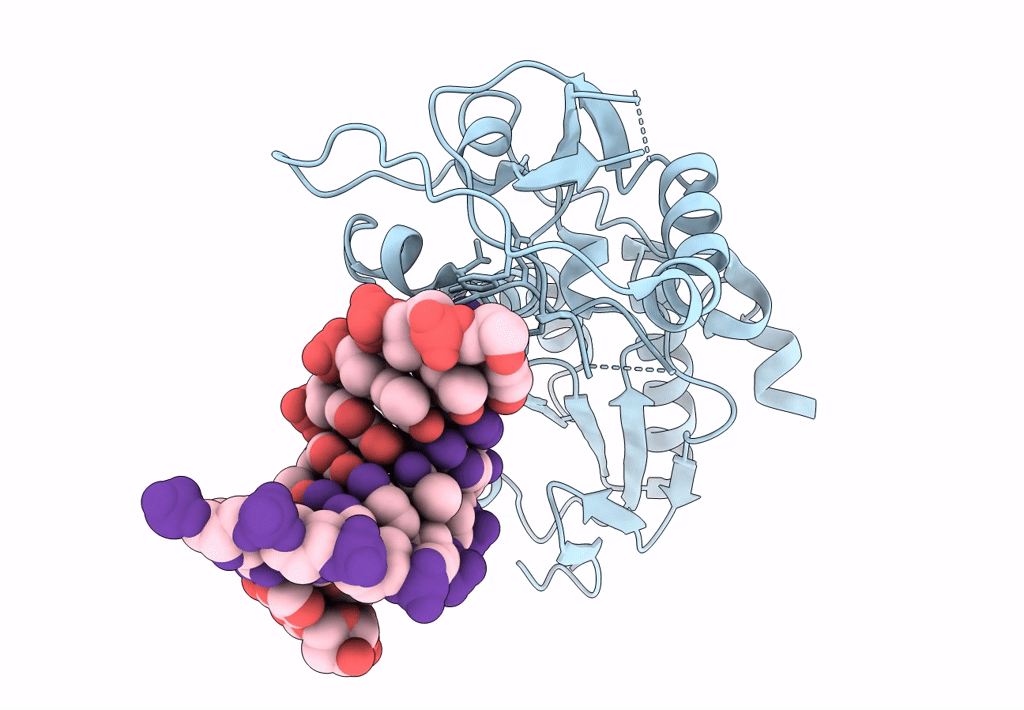
Deposition Date
2022-07-30
Release Date
2023-01-11
Last Version Date
2023-10-25
Entry Detail
PDB ID:
8DW1
Keywords:
Title:
Crystal structure of a host-guest complex with 5'-CTTAGTTATAACTAAG-3'
Biological Source:
Source Organism:
Moloney murine leukemia virus (Taxon ID: 11801)
synthetic construct (Taxon ID: 32630)
synthetic construct (Taxon ID: 32630)
Host Organism:
Method Details:
Experimental Method:
Resolution:
1.85 Å
R-Value Free:
0.23
R-Value Work:
0.19
R-Value Observed:
0.20
Space Group:
P 21 21 2


